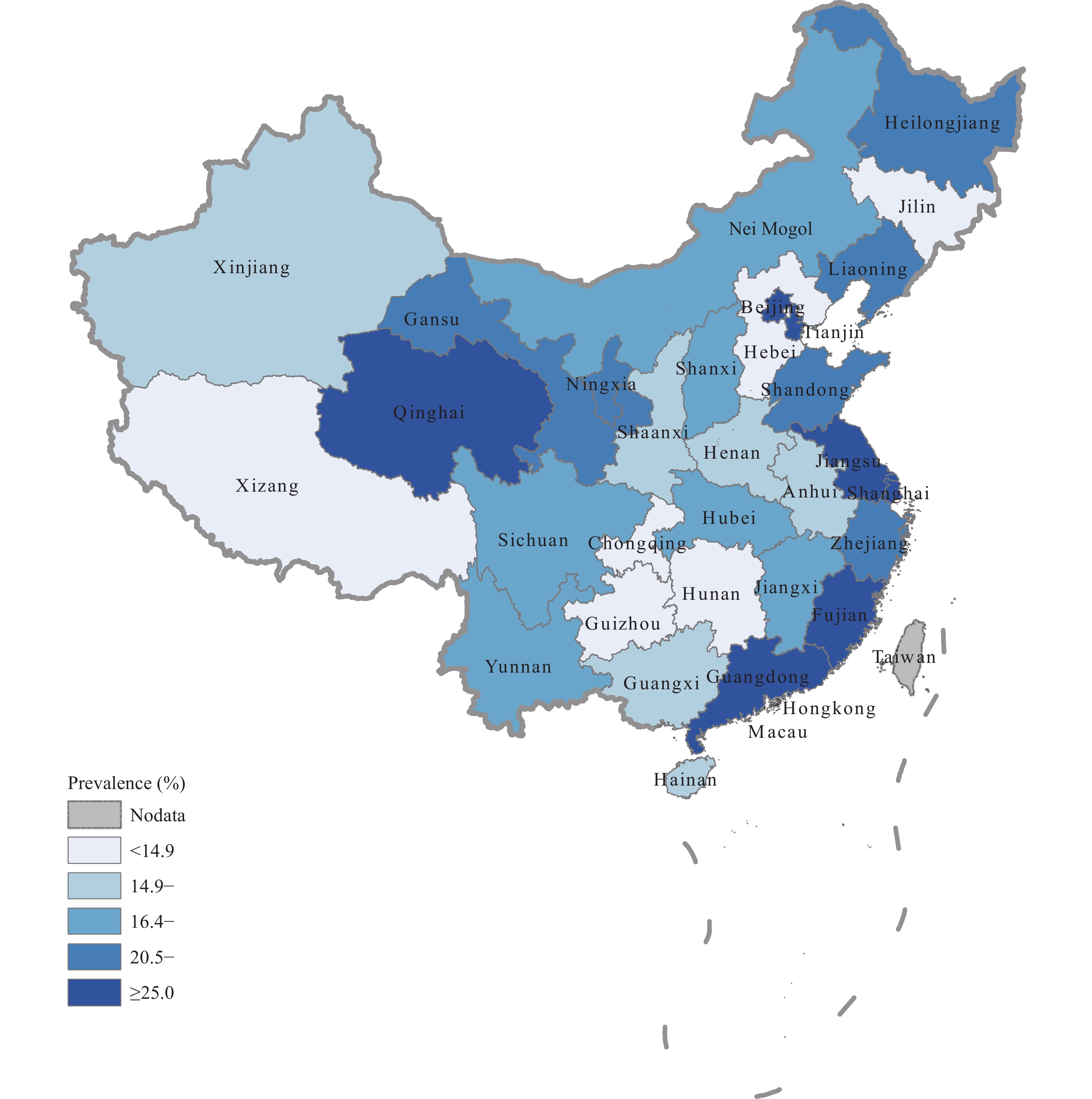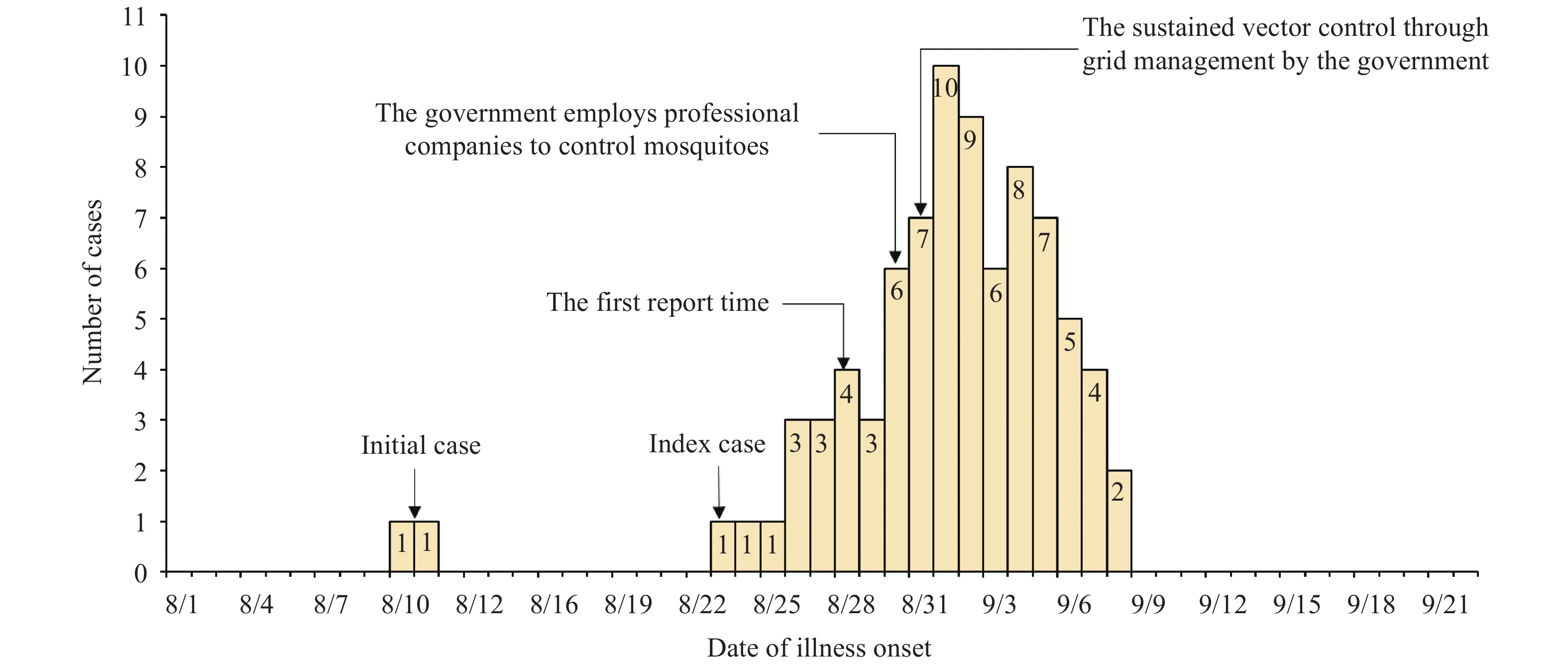2020 Vol. 2, No. 35
What is already known on this topic?
Leisure-time physical activity (LTPA) such as sports, fitness, and recreation, is well documented to prevent chronic disease and improve health. The age-adjusted prevalence of regular LTPA was only 11.9% among Chinese adults in China in 2010. It has been reported that the age-adjusted LTPA prevalence increased from 7.13% in 2000 to 11.79% in 2011.
What is added by this report?
According to the latest available data, in 2015, the prevalence of LTPA and regular LTPA was 19.7% and 12.5% in adults aged 18 years old and above, respectively. Both LTPA and regular LTPA were lower in rural areas than in urban areas, higher in people with higher socioeconomic position, and varied across provinces.
What are the implications for public health practice?
To promote more people, especially those with lower socioeconomic position to participate in LTPA, great efforts are required to strengthen national and local policy initiatives, financial support, sports facility construction, and health education, especially in rural areas and in western China.
What is already known about this topic?
Excessive salt intake is an important risk factor for hypertension and cardiovascular diseases (CVDs). The amount of salt intake of Chinese is one of the highest all over the world. At a national level, the awareness of maximum daily salt intake recommended by the “Dietary Guidelines of Chinese residents” had not been reported.
What is added by this report?
This is the first nationally representative study about awareness of maximum daily salt intake in China. In 2015, the awareness rate of maximum daily salt intake and behavior rate of salt reduction among Chinese adults aged 18 years old and above was 6.1% and 37.3%, respectively. The awareness rate of maximum daily salt intake and behavior rate of salt reduction was low among adult residents in China.
What are the implications for public health practice?
To increase the behavior rate of salt reduction in China, awareness of the maximum daily salt intake needs to be strengthened to Chinese residents, especially in rural areas or for people with low education levels and low incomes.
What is known about this topic?
Dengue fever is an acute febrile illness caused by four types of dengue virus (DENV 1–4), and is a mosquito-borne infectious disease. The incidence of dengue has increased dramatically around the world in recent decades. An estimated of 3.9 billion people in 128 countries are at risk of infection with dengue viruses, 70% of whom are in Asia. In 2017, the first local infections of dengue virus (DENV-2) in Jiangxi Province was reported in Zhanggong District, Ganzhou City.
What is added by this report?
From August to September 2019, the first dengue outbreak happened in Xin’gan County, where 81 local dengue fever cases were reported, 35 were laboratory-confirmed cases, and 46 were clinically-diagnosed cases; all cases were dengue virus type 1. The DENV-virus strains isolated from the cases of Xin’gan County were close to the strains isolated in Singapore (MF033254|25657|Singapore|2016) and Henan (MK905537|Henan201903|China: Henan Province|2019).
What are the implications for public health practice?
The outbreak might have been caused by imported cases or covert infections. The outbreak in Xin’gan County indicated that more proactive countermeasures should be taken during the dengue epidemic period such as intensifying surveillance for dengue cases, virus serotype, and Aedes vector density and strengthening cooperation with customs and tourism departments. Moreover, the outbreak should prompt training in medical institutions and improved ability for doctor’s to diagnose dengue fever, which is very important for early detection of dengue cases and taking preventive measures.



 Subscribe for E-mail Alerts
Subscribe for E-mail Alerts CCDC Weekly RSS Feed
CCDC Weekly RSS Feed
